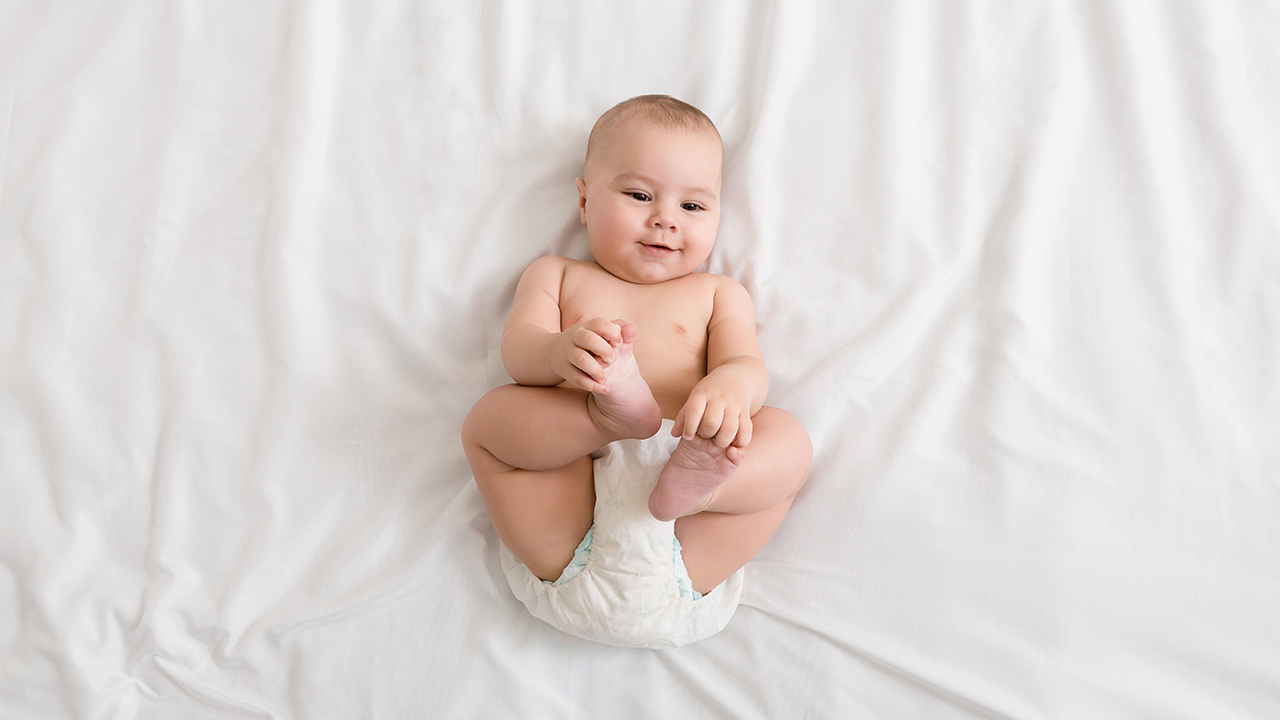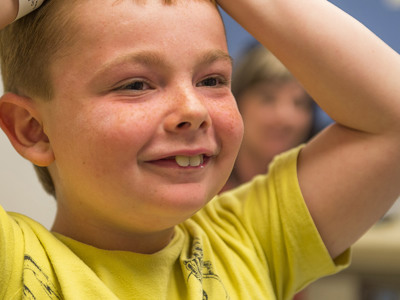- Doctors & Departments
-
Conditions & Advice
- Overview
- Conditions and Symptoms
- Symptom Checker
- Parent Resources
- The Connection Journey
- Calm A Crying Baby
- Sports Articles
- Dosage Tables
- Baby Guide
-
Your Visit
- Overview
- Prepare for Your Visit
- Your Overnight Stay
- Send a Cheer Card
- Family and Patient Resources
- Patient Cost Estimate
- Insurance and Financial Resources
- Online Bill Pay
- Medical Records
- Policies and Procedures
- We Ask Because We Care
Click to find the locations nearest youFind locations by region
See all locations -
Community
- Overview
- Addressing the Youth Mental Health Crisis
- Calendar of Events
- Child Health Advocacy
- Community Health
- Community Partners
- Corporate Relations
- Global Health
- Patient Advocacy
- Patient Stories
- Pediatric Affiliations
- Support Children’s Colorado
- Specialty Outreach Clinics
Your Support Matters
Upcoming Events
Colorado Hospitals Substance Exposed Newborn Quality Improvement Collaborative CHoSEN Conference (Hybrid)
Monday, April 29, 2024The CHoSEN Collaborative is an effort to increase consistency in...
-
Research & Innovation
- Overview
- Pediatric Clinical Trials
- Q: Pediatric Health Advances
- Discoveries and Milestones
- Training and Internships
- Academic Affiliation
- Investigator Resources
- Funding Opportunities
- Center For Innovation
- Support Our Research
- Research Areas

It starts with a Q:
For the latest cutting-edge research, innovative collaborations and remarkable discoveries in child health, read stories from across all our areas of study in Q: Advances and Answers in Pediatric Health.


Infant Bathing and Grooming with Medical Complications

Babies only care about a few things: eating, sleeping, being comfortable and letting everyone know (loudly) if they’re not doing one of those things. They don’t care much about being clean — but it’s still an important part of their care.
Keeping your baby clean takes diligence and knowledge of what you should use to keep them groomed. That’s especially true for babies who are in the Neonatal Intensive Care Unit (NICU) or have ongoing medical needs. Your baby’s condition or medical equipment may require you to take extra care when bathing or grooming them. Our neonatal experts are here to provide some advice.
Bathing infants with medical complications
Much of the regular advice for bathing babies applies to babies with medical conditions:
- Bathe them every 2 to 3 days, or as needed, in warm water.
- Use mild soap and shampoo made especially for babies.
- Wash from “clean to dirty.” Start with cleaner places like their eyes and face, then body and legs, and finish with the diaper area.
In some cases, bathing in the NICU or bathing babies with medical complications requires extra care.
If your baby had surgery, talk to your doctor about their timeline for bathing. Typically, you’ll give them a “bed bath” for several days before bathing them in a tub. To give a bed bath, lie your baby down on a towel and clean them with a washcloth while avoiding areas that need to heal.
If your child is connected to medical equipment, your care team will show you how to bathe them in the NICU with their equipment on. We’ll give you instructions for when you go home, but here’s some general advice.
- Central line: If your baby has a central line to deliver medication, nutrients or fluids, protect the dressing around the line so it stays dry. If your baby has a central line in their foot, leg or groin area, you should only give them a bed bath. You can keep giving bed baths if you’re nervous about getting their line or dressing wet.
- Gastrostomy tube (g-tube): If your baby uses a g-tube to feed, they will need bed baths for two weeks after the tube placement surgery. After the two weeks, you can remove the dressing around the g-tube and give your baby a bath in the tub, if you would like.
- Tracheostomy tube: A tracheostomy tube is placed in the trachea (windpipe) to help your child breathe. Babies with a tracheostomy tube can bathe in the tub and you can clean around the tube. Once your baby is out of the tub, you can perform regular maintenance for the tube, including changing the dressing.
- Oxygen support: Babies can bathe in the tub with their oxygen on while wearing nasal cannula (a small catheter in their nostrils). Try to protect the stickers that hold their oxygen tubes. If the stickers get wet, replace them after the bath.
Infant skin care
Soft, sweet-smelling skin is one of the wonderful things about babies. At the same time, baby skin is very sensitive and absorbent — especially in premature babies. So take special care of it and keep an eye out for these issues.
Pressure injuries in infants
Premature babies haven’t developed as many layers of skin, so they’re at higher risk for developing sores known as pressure injuries. When items like medical equipment press into the skin in the same place for a while, they can cause pressure injuries.
Your care team will remove any unneeded items and move necessary equipment often so it doesn’t press in the same place. Look for bright red or purple marks on your baby’s skin. If you find them, notify your care team and if possible, move the device to a different area so the pressure injury can heal. If you can’t move the device, you may need to protect the area with a dressing.
Diaper rash
Being on antibiotics can make a baby’s poop loose and more likely to create diaper rash. If your baby is on antibiotics, always use a barrier cream like Vaseline® or Desitin®. Change their diaper every 3 to 4 hours and place a thick layer of cream on their bottom.
Babies who have had gastrointestinal complications at birth, or who have decreased bowel control due to problems with their spinal cord, are also at increased risk for diaper rash because they poop more often. These babies also need a barrier cream and more frequent diaper changing.
You should also watch for yeast diaper rashes, which happen when a fungus (Candida) overgrows on your baby’s skin. Yeast rashes are more common in Colorado due to our dry air. Look for red, raised bumps that spread outside your child’s diaper, especially in the groin skin folds. You’ll need a special diaper cream to treat it, such as an antifungal moisture barrier that you can purchase without a prescription.
If your baby has a diaper rash that bleeds, or doesn’t get better after 3 to 4 days, call your pediatrician.
Use skin care products made for babies
Baby skin is much more absorbent than yours, especially in preemies. Use lotions and soaps made just for babies. Read the product labels so you feel comfortable with the ingredients and look for products tested and approved by the Food and Drug Administration (FDA).
Many natural and organic products, herbal supplements and essential oils aren’t regulated by the FDA. We don’t yet know how they affect babies, so avoid putting these on your baby’s skin.
Sun safety for babies
Baby’s skin is very sensitive to the sun, so it’s best to avoid direct sun exposure for the first 6 months of life. Also avoid using sunscreen because their skin is not able to remove the chemicals found in sunscreen like older kids’ and adults’ skin can. You and your baby can still enjoy time outside, but we recommend taking the following precautions:
- Avoid long periods in the sun as best you can, especially between 10 a.m. and 4 p.m. when the sun is the strongest.
- If you are in the sun, dress your baby in lightweight pants, long-sleeve shirts and hats with brims to cover their neck. They should also wear sunglasses with UVA/UVB protection.
- Use stroller shades or umbrellas to keep them directly out of the sun.
- Once your baby is 6 months old you can start using sunscreen that is made for infants and is at least SPF 30. Apply sunscreen 30 minutes before going outside and reapply every 2 hours.
Additional skin conditions in babies
Your baby’s skin is extra sensitive and prone to skin conditions such as baby acne and various rashes. Check your baby’s skin every day to help spot skin issues early. Some abnormalities are normal and just need time to go away.
One of these conditions is baby acne, where small red or white bumps appear on you baby’s cheeks, nose and forehead. It typically appears in the first 2 to 4 weeks after birth and clears up on its own within 3 to 4 months. You don’t need to treat baby acne.
Cradle cap is another common skin condition. Your baby’s scalp may have crusty or oily scaly patches. These patches are typically not painful or itchy but can be hard to remove. Wash your baby’s scalp with a mild shampoo daily and gently scrub the patches with a soft washcloth. Cradle cap will typically clear up on its own within a few weeks to months. If cradle cap spreads to your baby’s face or body, call your baby’s doctor.
Rashes are also fairly common outside the diaper area, so just know when you should be concerned about them. Any time your baby develops a rash along with a fever or following a fever, call your baby’s doctor. Also call your pediatrician if your baby seems in pain from the rash or has other symptoms like coughing, vomiting, wheezing or other respiratory. To prevent rashes, keep your baby’s skin clean and dry, use irritant-free laundry detergent, dress your baby in breathable fabric, don’t over-dress them and use the baby-specific products mentioned above.
Umbilical cord care for infants in the NICU
If your baby is in the NICU or was born prematurely, you should know several things about umbilical cord care:
- In full-term babies, umbilical cord stumps typically fall off on their own within two weeks. But they can take longer to fall off for premature babies — which is completely normal.
- If your baby still has their umbilical cord stump when you take them home, you can bathe them in a tub. Recent evidence does not show that bathing delays cord healing or increases infection rates. You do not need to apply any ointment to the cord and you can let it air dry after a bath.
- If the umbilical stump or surrounding skin is red, has a foul-smelling discharge or is bleeding it could be infected and you should call your pediatrician.
- Your care team might place a thin, soft tube (catheter) in your baby’s umbilical artery or vein within two weeks after birth. The catheter will deliver medication or take blood samples. We’ll closely watch it and may place a dressing on it for a day after it comes out.
Infant nail care
Even full-term babies have tiny, adorable fingernails, and babies born prematurely have even smaller, more fragile nails. You might be nervous to trim their nails — but keeping them short prevents your baby from scratching their precious little face.
Our advice: Use a nail file while they’re sleeping or very relaxed and put baby mittens on them when they sleep.



 720-777-0123
720-777-0123






